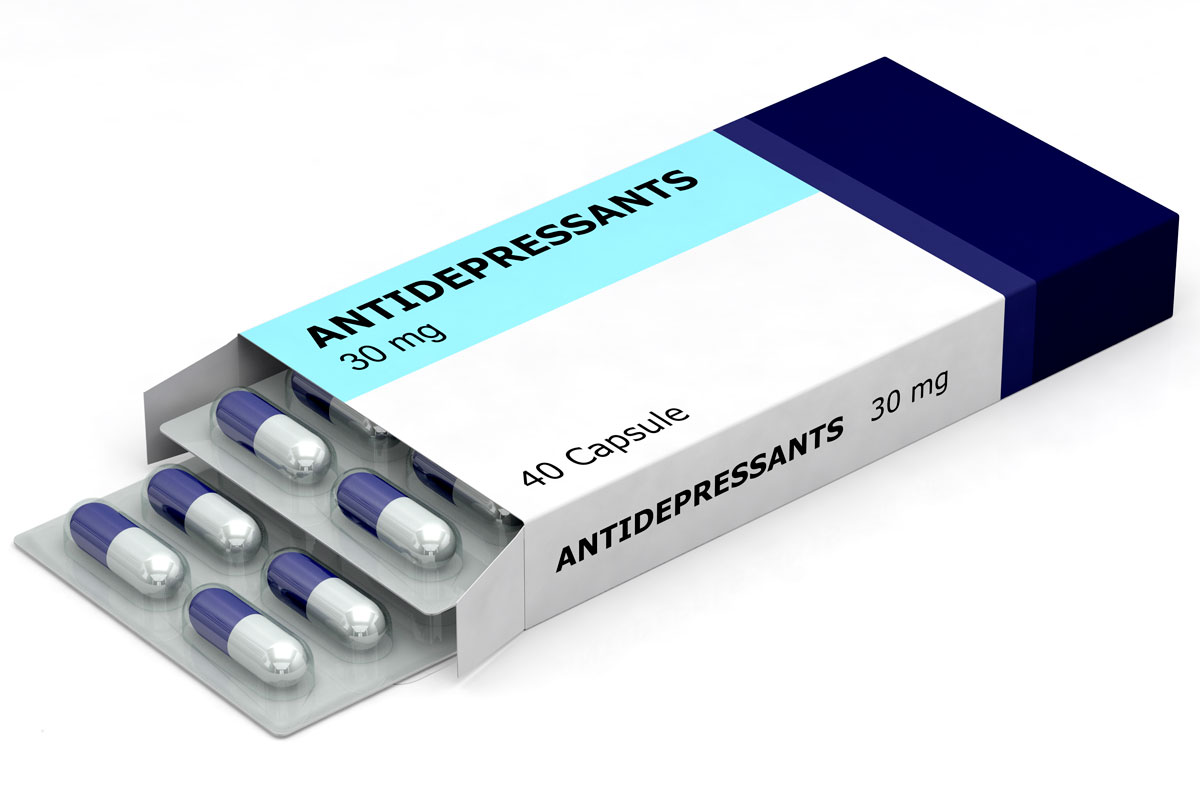Writing narratives in paper based medical records is the usual way the team of healthcare professionals taking care of the patient – doctors and nurses largely record in the medical record to tell a story about what is happening to the patient and what occurred in the course of care. Such narratives are considered to be essential for communication between members of healthcare professionals.
Following the advent of the Electronic Medical Record (EMR) / Electronic Health Record (EHR), doctors and nurses find the loss of space in the patient record to write narratives. The freedom of being able to describe something in a doctor’s or nurse’s own words is now replaced by structured drop-down menus, a prominent feature of EMRs / EHRs.
I like to share an essay, “Checking Boxes” about the frustrations and misgivings of a primary-care doctor who makes house calls in and around Tuscaloosa, Alabama, United States of America. Read this essay here.
The notion is that many caring doctors and nurses still wish to spend their time speaking and caring for patients rather than been overwhelmed with computer documentation and fitting things into boxes on computer screens.
References:
Regina, H 2013, Checking Boxes, 18 October 2013, Pulse–voices from the heart of medicine, viewed 27 Nov 2013, <http://www.pulsemagazine.org/archive/stories/310-checking-boxes>






























